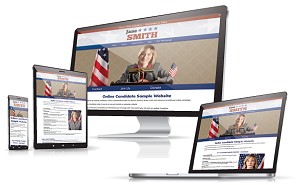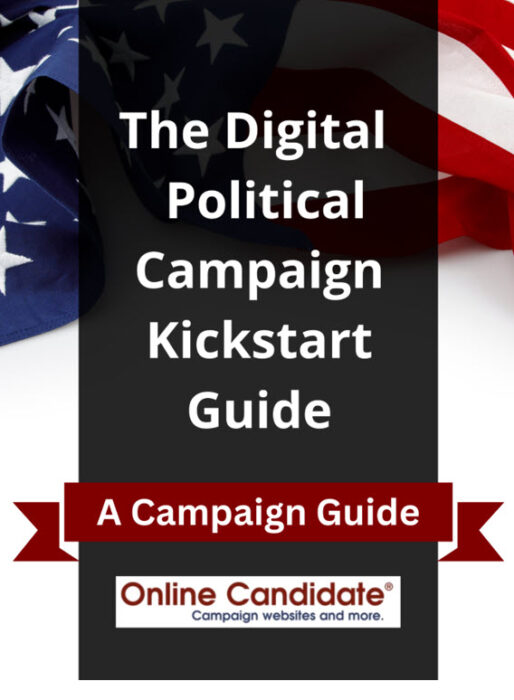Polls and surveys can give you an idea of how your electorate feels about various issues. But the problem with this method is that you are framing the discussion by asking specific questions.
What if you are completely missing the important issues or asking the wrong questions?
You’ll never know unless you ask the voters.
That’s right. Ask voters and constituents to ask you questions about what matters most to them. And then compile their questions and put together answers to share with everyone.
Engaging with voter questions is a way to:
- Address constituent concerns.
- Enrich your campaign content.
- Keep your messaging relevant and tied to your community’s needs and interests.
There are a few ways to set up direct lines of communication.
Accept questions through your campaign website and social media
This allows constituents to easily send in their queries through various channels. Complement this with a dedicated response or FAQ page on your website, where you regularly post answers. This keeps your website dynamic and encourages regular visits from voters seeking information or updates.
“With the recent changes in our local economy, how will you adapt your policies to help those most affected?”
Create videos to answer in person
One easy way to make a lot of rich media content is to simply record a series of videos with the candidate reading and answering selected questions. Distribute your answers across your digital platforms. This not only personalizes your responses but also improves your visibility and engagement.
“How will you address the rising costs of living in our area?”
Hold live Q&A sessions on Facebook or Instagram Live
Ready to go live? Offer a real-time interactive experience through a live event on Facebook, Instagram, or even YouTube. Announce these events ahead of time and gather questions in advance, but also take live inquiries during the broadcast. This format allows for spontaneous and direct interaction. It helps make the sessions more engaging and interesting. You can also use social media posts or additional video for more detailed responses to questions.
“What are your key policies, and how do you plan to implement them?”
Through email and newsletters
Email also offers a more personalized channel for engaging with voters. Include a brief Q&A section in your newsletters and invite questions in reply. If you have more personal questions or concerns, you can respond directly rather than in a public way. Then you can answer the questions using the methods described above.
Through these varied digital methods, your campaign can effectively create content to answer voter questions and build stronger connections.
Read More:
Pros and Cons of Running a Slate of Candidates Online »
Tags: personal branding, political social networking, political surveys







